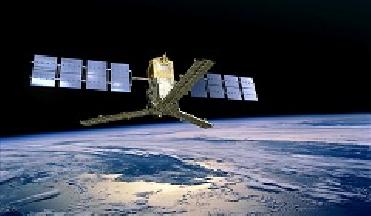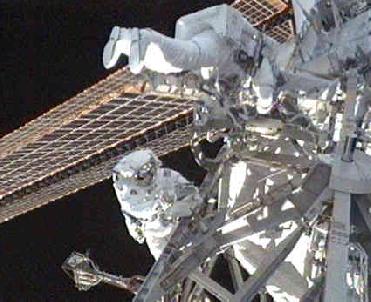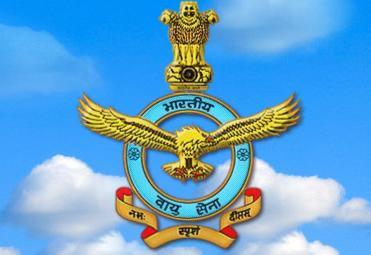
Artist's impression of SMOS in orbit. Image credit: ESA
PARIS (BNS): European Space Agency�s SMOS earth explorer satellite has started transmitting data and is functioning well.
The MIRAS (Microwave Imaging Radiometer using Aperture Synthesis) instrument on board the SMOS has been switched on and operating normally, the space agency said on Thursday.
MIRAS is an L-band radiometer with 69 receivers mounted on three deployed arms of the satellite to measure the radiation coming from Earth.
�Following the switch-on, MIRAS is working beautifully well with all key subsystems, including all of the receivers, the optical fibres and the correlator unit, in perfect functioning condition. We have been able to produce reasonable test data even without in-orbit calibration,� said ESA�s Manuel Martin-Neira, SMOS instrument principal engineer.
The SMOS � Soil Moisture and Ocean Salinity � was launched from the Plesetsk space center in northwest Russia on November 2.
The 665-kg satellite, also known as ESA�s �Water Mission�, is the first satellite dedicated to provide global measurements of soil moisture and ocean salinity. It will play a key role in monitoring climate change on a global scale.
�We are very happy that we have received the first data from MIRAS, which we expect to make very strong contributions to scientists' understanding of Earth's water cycle,� said Guillermo Buenadicha, SMOS payload operations engineer at ESA�s European Space Astronomy Centre.
Data provided by MIRAS will be important for weather and climate modelling, water resource management, agriculture planning, ocean currents and circulation studies and forecasting hazardous events such as floods.
�We are now looking forward to analysing the first data and to start testing the processing systems in the ground station,� SMOS mission manager Susanne Mecklenburg said.
 Previous Article
Previous Article Next Article
Next Article












The Indian Air Force, in its flight trials evaluation report submitted before the Defence Ministry l..
view articleAn insight into the Medium Multi-Role Combat Aircraft competition...
view articleSky enthusiasts can now spot the International Space Station (ISS) commanded by Indian-American astr..
view article